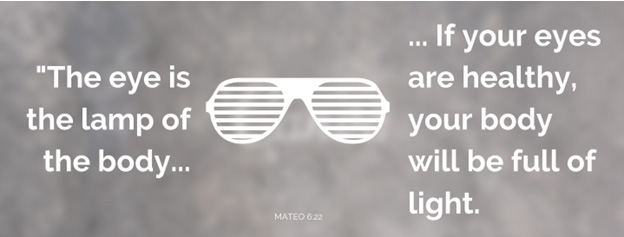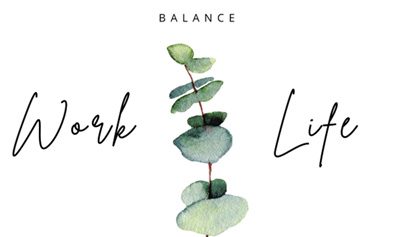“With What Do We See? With the Eyes, or with the Brain?”
Since we were children, our mothers have insisted on us eating tomatoes and carrots for healthy eyes and vision.

And it’s that visual health has accompanied us since we were children, with occasional visits to the ophthalmologist, optometry days at school, and when it comes to company health weeks, a good eye exam has always been present.
Perhaps we are clear that visual health is a fundamental part of our overall health, but how much do we really know about this topic? Have we delved deep enough into habits that truly lead us to optimal visual health? Speaking with Dr. Ariadna Silva Lepe, a Mexican neuro-ophthalmologist trained in the USA, she mentioned that the first thing to ask ourselves is whether we see with our eyes or with our brain. Dr. Andrew Huberman, a neuroscientist and professor at Stanford University, says that the eyes are part of the brain, and a fundamental part of our brain health. Taking this into account, we may begin to change our perspective towards the importance of visual health, which should be seen as a priority in any health scheme or plan, whether individual, familial, collective, or corporate.
Visual health should go beyond simply getting an eye exam to see how well we see, if we need glasses, or if we have any conditions such as cataracts or macular degeneration (which typically come with age), among other conditions. Visual health should start with lifestyle habits that help us take care of that part of the brain and prevent diseases later on.
Nutrition and supplementation play a fundamental role, as our mothers and grandmothers were right in insisting that we eat red and orange vegetables. Vitamin A (if in supplement form, it should be beta-carotene, as synthetic vitamin A supplementation – excess retinol – can be toxic), vitamin C, omega-3, lutein, zeaxanthin, etc. are key nutrients (micronutrients and phytonutrients) as antioxidants and nourishment for the eye cells. In short, eating for sight, or as Dr. Silva-Lepe says, having a healthy nutrition for vision is crucial as a habits program for optimal and sustainable visual health.
In addition to nutrition, rest, and restful sleep are also factors of a healthy lifestyle that contribute to visual health, considering that it is also a virtuous circle, that is, taking care of our eyes, and showing them light when we start the day and darkness when we want to rest and sleep, helps our circadian rhythms, the production of hormones that help us fall asleep, or activate that circadian alert system and help us wake up with full vigor and energy, to be a daily reality in our lives.
Walking early in the morning not only allows sunlight (even on a cloudy day) to reach our skin, helping with the production of vitamin D, but that light that penetrates through our eyes is key for our body to regulate that biological clock that allows optimization in the production of hormones, enzymes, etc., which calibrates circadian rhythms. This leads us to sleep better, rest, have more energy during the day, and better utilize the nutrients we give our bodies. And it all starts with what our eyes receive. (To delve deeper into this, you can take a look at the sleep management workshop for companies, helping our employees rest is of utmost importance)
And what about the use of screens in our daily lives? We must take care of the light that enters our eyes (especially at night), which is why glasses that reduce the entry of blue light from screens into our eyes are recommended. But excessive screen use during the day and much of the night makes it even more relevant for us to do exercises with our eyes. Active breaks that help our eyes and the involved muscles exercise, rest, see depth, etc. Active breaks, midday walks during the workday greatly help visual health, and also mental health.
Visual health is a topic that today is so important that we must start by implementing holistic visual health programs for employees in companies.
Blogs
Work-Life Balance vs. Life-Work Balance
Work-Life Balance vs. Life-Work BalanceMuch has been said about work-life balance, and more recently, about life-work integration, seeing how we provide our employees with the tools to take care of their health and well-being.I continue to advocate for what Sir...
Wellbeing Trends for 2024
Wellbeing Trends for 2024November is typically a month when companies plan for the following year, therefore, it's an ideal time to open the conversation about the well-being of individuals within the workplace environment.Four years into the pandemic, there are still...
Mental Health
Mental HealthHave you ever been in subway stations during rush hours? In any city in the world, it's a literal wrestling struggle to get onto the next train car.Who wins? The physically strongest, perhaps. The most patient ones who wait leaning against the opposite...
Your Health 401(k)
Your Health 401(k)Are you familiar with what 401(k) represents? It is a type of employer-sponsored retirement plan in the United States that allows employees to reserve a portion of their pre-tax wages for retirement.For days now, I've been pondering this concept, but...




